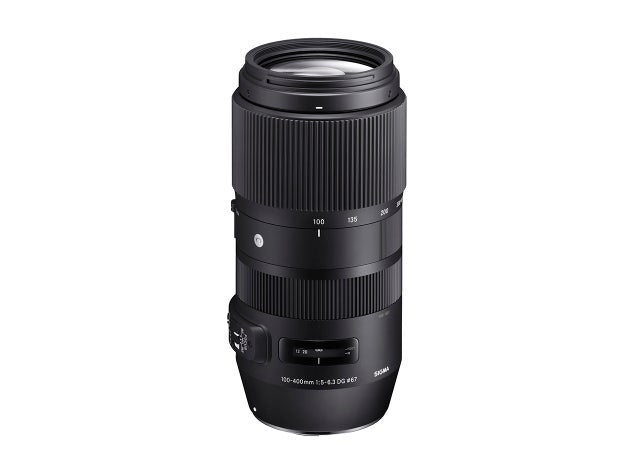Product Description
Sigma 100-400mm F5-6.3 DG OS HSM Contemporary lens
- Ultra-telephoto lens offers a combination of stunning image quality and outstanding functionality.
- Ideal for pros and amateurs alike.
- Offers the best compactness and image quality.
- Canon EF and Nikon F mount compatible
The Sigma 100-400mm f/5-6.3 DG OS HSM Contemporary lens offers the compact size, lightweight, and high-cost performance of a 70-300mm lens while delivering 400mm telephoto performance. This approach results in a tempting new ultra-telephoto choice for photographers. Offering a combination of stunning image quality and outstanding functionality, this lens satisfies the needs of pros and amateurs alike.

In designing this lens, Sigma strived to push both compactness and image quality to the limit. Four SLD glass lens elements and an optimized power distribution help minimize optical aberrations. Moreover, by taking special care to minimise transverse chromatic aberration, which cannot be corrected via aperture control, Sigma has ensured outstanding image quality throughout the zoom range.

From the start of the design process, Sigma measured flare and ghosting to establish an optical design that is resistant to strong incidental light sources such as backlight. Sigma’s Super Multi-Layer Coating helps reduce flare and ghosting and provide sharp, high-contrast images even in harsh lighting conditions.

For quick control of the angle of view, the zoom ring incorporates a push/pull mechanism in addition to the regular twist mechanism. The exclusive lens hood has also been designed to accommodate push/pull zooming and overall lens manoeuvrability. By making it possible to adjust the angle of view instantly, this lens gives photographers an even better chance of getting that crucial shot.



























